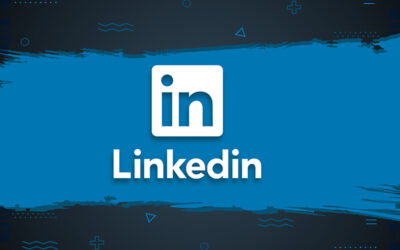 A brief released from the National Center for Health Statistics (NCHS), a unit of the Centers for Disease Control and Prevention (CDC) in January 2014 reported that adoption of basic electronic health record (EHR) systems by office-based physicians increased 21% from 2012 to 2013. Up to 78% of office-based physicians used some type of electronic health record (EHR) system in 2013, up from 18% in 2001. While physicians are eager to demonstrate meaningful use and collect their incentives, many reports indicate that adoption is affecting patient care as EHRs have resulted in barriers to effective communication between patients and healthcare providers.
A brief released from the National Center for Health Statistics (NCHS), a unit of the Centers for Disease Control and Prevention (CDC) in January 2014 reported that adoption of basic electronic health record (EHR) systems by office-based physicians increased 21% from 2012 to 2013. Up to 78% of office-based physicians used some type of electronic health record (EHR) system in 2013, up from 18% in 2001. While physicians are eager to demonstrate meaningful use and collect their incentives, many reports indicate that adoption is affecting patient care as EHRs have resulted in barriers to effective communication between patients and healthcare providers.
Digital Divide between Provider and Patient
According to a recent report, a RAND Corporation survey found that even physicians are dissatisfied with EHRs. While the majority did not want to go back to the paper-based document management system, they raised the following issues about electronic health records
- Too many electronic alerts and messages
- Hindrance to clinical workflows
- Disruption of face-to-face patient care
- Inefficiency
- Time-consuming data entry
The presence of the computer terminal has created a digital divide between the healthcare provider and the patient. Previously, doctors and nurses used to have discussions about patients and their condition at the central nursing station. This would provide insights into the patient’s condition and the formulation of effective strategies for treatment. With the advent of the EHR, healthcare providers are busy entering very specific information into the computer, rather than providing hands-on care.
Medical records no longer have the thoughts and musings of doctors. Earlier, doctors used to dictate notes and have them documented. The medical transcription service provider would provide customized transcripts of these notes and reports, faithfully transcribing everything the physician said in the course of the examination. This would provide information on possible diagnoses and have important implications for patient treatment and care. However, the standardized notes generated by the electronic system do not have such interpretations or guidance as the physician generally relies on the cut and paste function to record the same notes everyday (patient alive, vitals signs checked, wound dressings dry, etc.). The patient chart with the nurses’ notes and specialists’ recommendations has made an exit.
The EHR also keeps tabs on providers. It seems to be all about quantifying data such as the time taken to by a nurse to draw blood, how many entries were made in the patient chart, and how many tests were ordered. These details are compared with previously set levels to determine the efficiency of nurses and doctors.
EHR implementation reduces the number of patients seen as physicians require extra time to complete the clinical documentation, thereby leading to reduced revenues. Relying on medical scribes or medical transcription services with feeds to EHR can reduce the clerical and data-entry responsibilities of physicians to a great extent, and allow them to make better use of their time. It can also reduce the errors that can happen with EMR documentation.
Care with a Hands-on Approach
Physicians are concerned about losing the opportunity to communicate with their patients due to their EHR data entry responsibilities. The American health care system has implemented digitization to improve health care productivity and efficiency. All the efforts will be in vain if the system fails to attain its ultimate objective of improved patient care.



